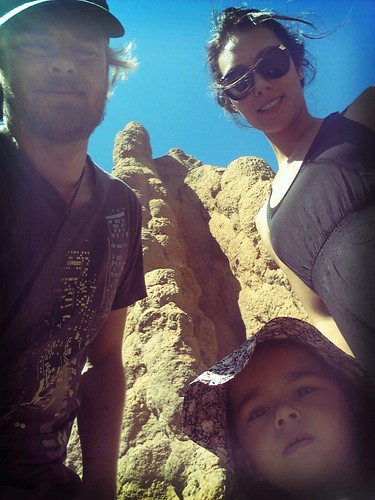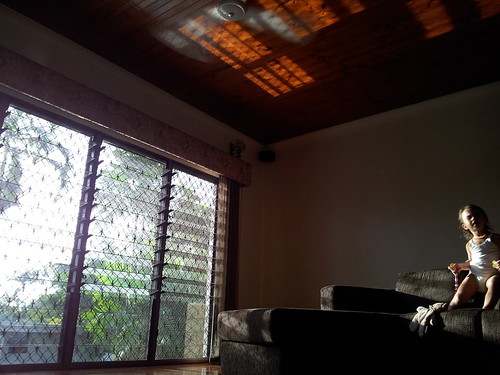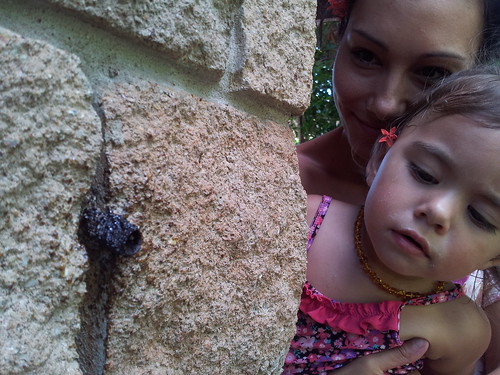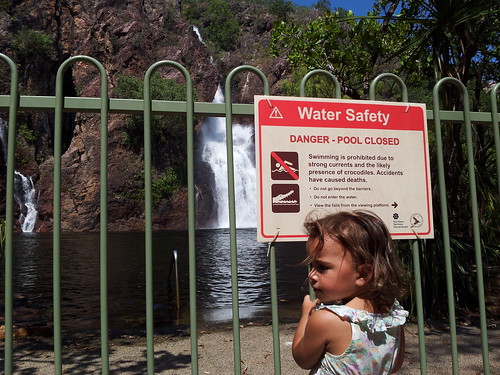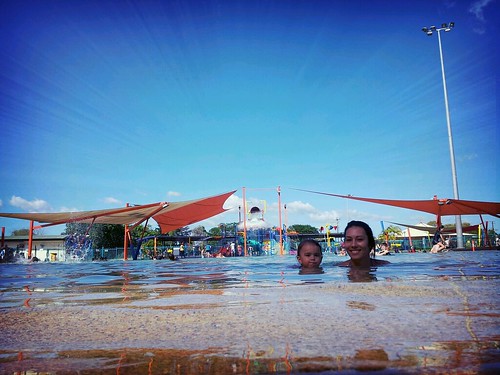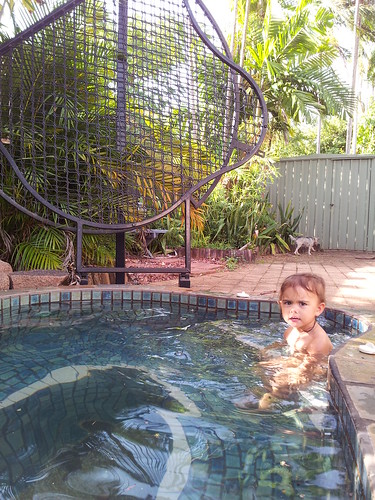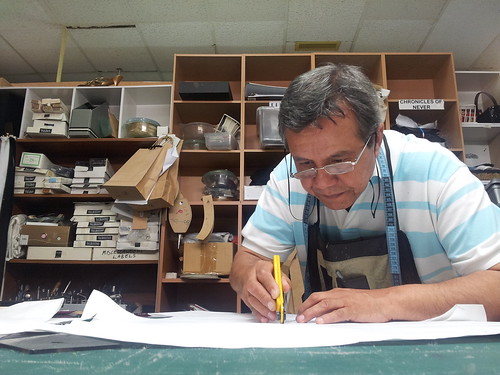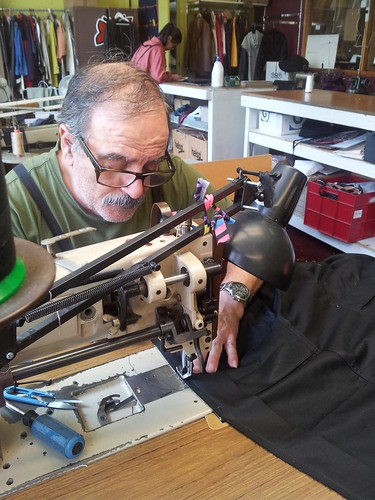
My family have been driving through the Victorian and New South Wales alps the past few days, and I've noticed fantastic historical information is often held in unexpected places. Like in pubs, usually hanging all manor of historical artifacts, most notably early settler photographs, but equally as interesting, the trophies and symbols of the sport and industry in the area. I sat in a few, eating my angus steak, and feeding little Eve the chips, and sometimes asking the publican what the background to the images were.
"Oh!" she'd say, "that's the big snow of 52" or "thats the 1902 VFL team, yeah I don't know what the name was of the black fella in the front, no one wrote his name down!"
In these towns there was nearly always an individual, association or information centre who was the local authority, and almost never was it a library or out-of-towner.
This had me thinking about who Wikimedia Chapters target when they run workshops. It seems to me that galaries, libraries, archives and museums have a limited amount of motivation beyond cataloging certain forms of information, and not much in the way of the forms of information I saw on walls. Pubs, historical societies, tourism information centers, and the like, have something more in the way of motivation, esspecially to inform their visitors about their towns. And slowly, more and more of them are becoming reluctantly aware that Wikipedia (and it's information reformatted into Google Maps, Facebook, and personally printed travel guide books) serves that motivation well. With their smart phones updating their locations, navigating roads and discovrring back country, reviewing what they see, eat, do, and where they stay, tourists are using new forms of information to find their way.
I might be running a Wikipedia and Commons training session in Hobart in a few weeks, and if I can, I think I'll try and target these people more. If such work ever was a paid gig, it would be a lovely way to travel around Australia, teaching towns folk about editing the big wikis, and helping them to improve articles about their towns and significant sites, then moving on to the next town.
Maybe Australian towns will be more open to this in a couple of years. We are after al, expecting to see a stronger internet culture developing off the back of nation-wide broadband connectivity.
